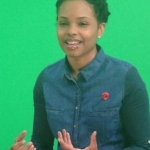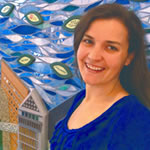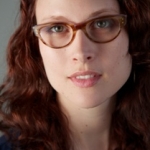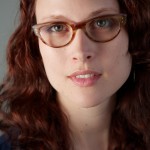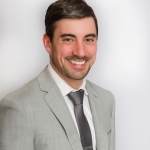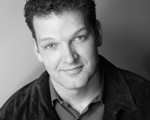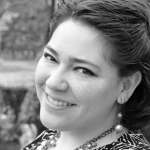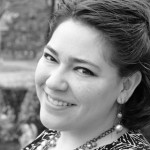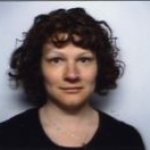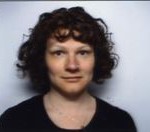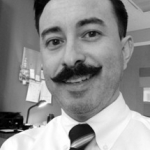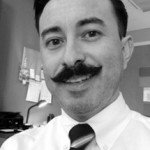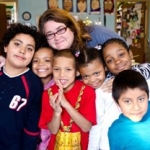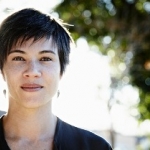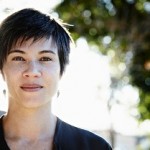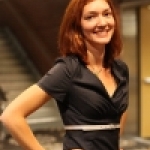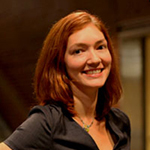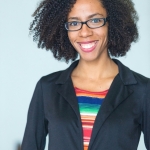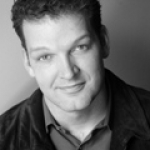
Mr. Todd Eric Hawkins
ONE VOTE, ONE VOICE
Posted by Nov 04, 2014

Mr. Todd Eric Hawkins
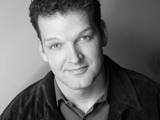 Todd Eric Hawkins
Todd Eric Hawkins
I became involved with the Americans for the Arts Emerging Leader Network in order to form stronger relationships with arts leaders on a local and national level. Over the past few years, the network has given me the opportunity to forge vitally important connections, both personally and professionally. In addition, the experience has provided me with the inspiration and tools to develop who I am as a leader.
For the past three years, I have had the privilege of serving on the Emerging Leader Council, a nationally elected body of individuals that advise Americans for the Arts on how best to serve the next generation of arts leaders. As a member, I was honored on multiple occasions to sit around a table with 14 of the most promising arts leaders I have ever met. Their dedication, wisdom, and first-hand knowledge of the struggles facing all of us as we grow as leaders, and their eagerness to find solutions and build a stronger future have been invaluable to my current and future success.
Read More
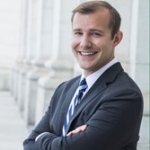
 Ethan Clark
Ethan Clark

 Ann-Laura Parks
Ann-Laura Parks
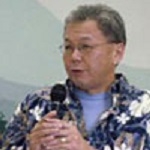
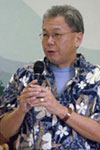 Gerald Yoshitomi
Gerald Yoshitomi

 Jennifer Lieu
Jennifer Lieu


